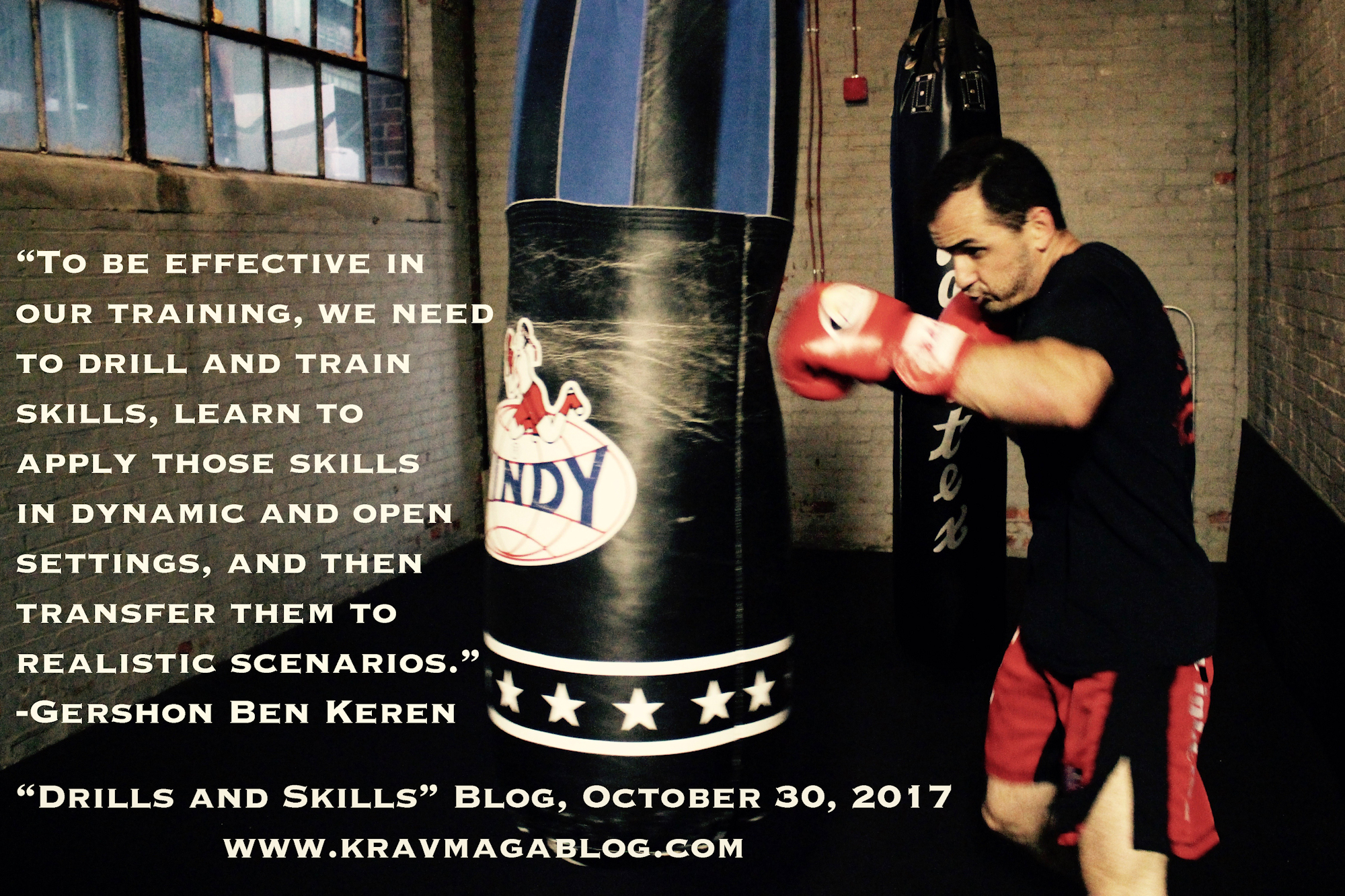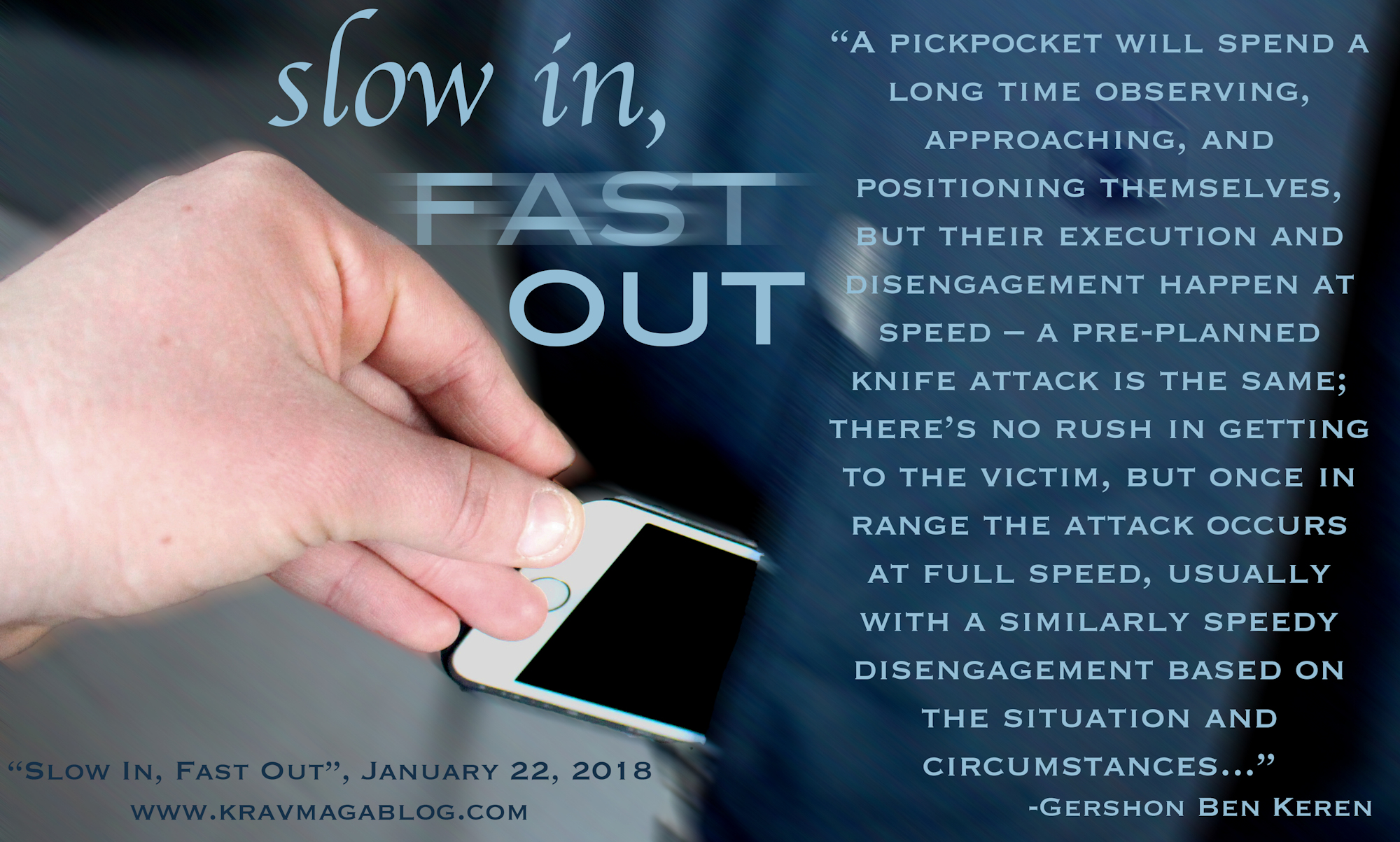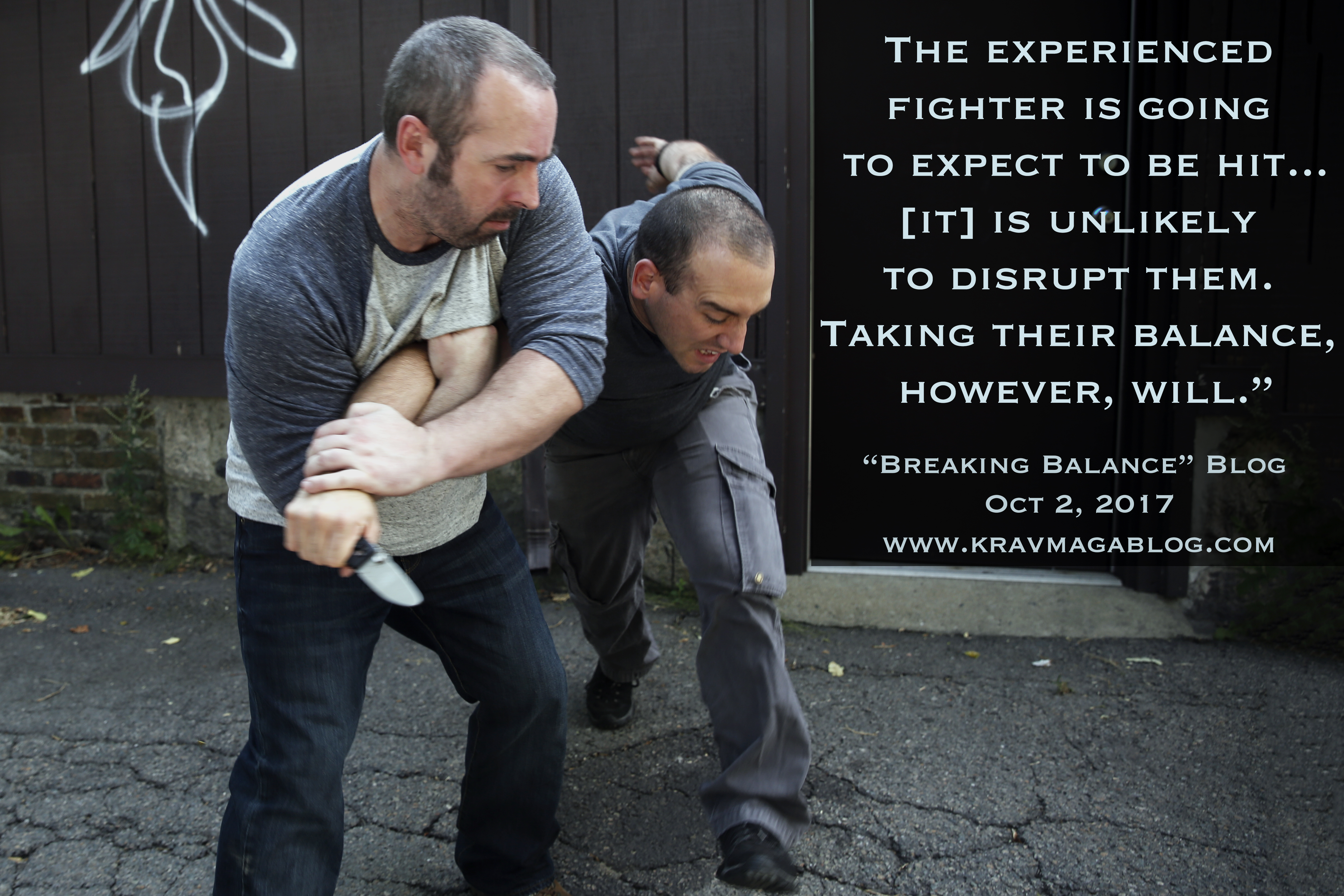Krav Maga And Conflict Resolution, is an article written by Gershon Ben Keren, a 5th Degree Black Belt in Krav Maga, who teaches Krav Maga in Boston, MA. He has also authored three Amazon best-Selling Books on Krav Maga.
This week I conducted a training session on conflict resolution and de-escalation. A large part of long-term conflict resolution is to try and get all of the parties involved to engage in cooperative rather than competitive practices, so that win-win resolutions (as opposed to win-lose outcomes) can be achieved. As I was presenting, and leading the training, it struck me how much “conflict” exists within the martial arts/self-defense community, and from my personal experience the Krav Maga community; everything is about competition, and negatively interdependent goals e.g. we’re the only instructor(s), association doing it right come train with us etc. as opposed to what should be a positively interdependent goal of trying to make our students as safe, and as competent in dealing with conflict, as possible. I have lost track of the number of times a Krav Maga instructor or association has used the term “only” to describe what they do, failing to acknowledge what other instructors both in the Krav Maga community, and in the larger self-defense community may be doing as well – or doing in a different way. Don’t get me wrong, my goal is not to see every Krav Maga/Self-Defense Instructor, standing on a hillside, hand in hand, singing, “I’d like to teach the world to sing”, but rather for individuals to educate themselves to the different approaches, and seek out the value, of what other instructors are doing/teaching.
I’ve always liked the adage that I first heard Avi Nardia use, which is, “Always a student, sometimes a teacher” i.e. you never stop learning. If you are an instructor really want to learn, so that you can best serve your students, you have to expose yourself to new and different ideas, not just from within your own community, but from the larger self-defense and martial arts community as well. I have learnt great principles and concepts from practitioners of Aikido, Kick-Boxing (yep, Kick-Boxing), Karate, traditional Ju-Jitsu, which I’ve been able to apply to my Krav Maga training – ideas, which I’ve not heard expressed within the Krav Maga community, but which have enhanced the way that I’ve taught and instructed. This is not the same as “watering down” what I teach, or creating a “new” hybrid version of Krav Maga etc. but realizing that different arts and systems have value in what they do. I never fail to take something away when I have a conversation with a boxer; I’ve never changed my stance to that of a boxer’s but I’ve adopted many of the ideas from boxing about real power generation when punching, just as I have from studying and practicing Karate. Do I believe I have to cross-train in Boxing and Karate, not necessarily (and I don’t believe my students have to), but I do believe there are great benefits to understanding how these systems work and how their “ideas” can be brought into my own teaching and training. If this means I am somehow not being true to historical/traditional Krav Maga, quite frankly I don’t care; I don’t have the luxury of practicing an “art” from another time – I’ll stay true to the principles but I want to enhance the execution.
I don’t believe that you necessarily have to have a wealth of firsthand experiences of violence to be a good instructor; but some experience will help you gain a realistic perspective. I don’t practice Krav Maga knife defenses because they are part of a syllabus, I practice them because they have worked for me, and the method/approach is a logical one I appreciate and understand. This however doesn’t by default invalidate the solutions that other instructors teach and use. I remember, once demonstrating a technique in a forum type setting, where another Krav Maga instructor from another style told me categorically that what I was teaching wouldn’t work (as instructors we’ve all had those conversations). What I was teaching was something I’d applied when working door, a few months previous. This was a great example of competitive rather than cooperative conflict resolution. If instead, he’d said something along the lines of, “I can see what you’re trying to do there but I have an issue with this particular point, can you explain how you deal with that”, we could have had a discussion/dialogue about the problem we were trying to solve (a knife threat to the side of the throat), where we could have both learnt something – even if that was both of us confirming our own positions – and improved our understanding.
When you actually deal with real-life violence, you care little for the name of the system where the solution to an attack comes from, you simply care that it works. I have dealt with assailants with knives, enough to understand that I have a lot of improvements to make, and that I’m not in a position to sit back and tell myself that I’ve got this area of my training sorted. When I invite guest instructors to my school, and they ask me if I’ve got any specific things I want them to teach, I’ll always say knife. Last year, we had Ran Steinberg from Dennis Hisardut, come and teach a seminar on knife, this year he’s coming back, and he’s teaching another seminar on knife (along with others) – when we talked about this he informed me that he’s made some changes/adaptations to some of the techniques he taught last time i.e. he’s someone who is constantly developing/improving, and that means searching and trying new things, ideas and approaches etc. If you deal with real-life violence, you don’t care if it’s called Krav Maga or anything else, you just want it to work, and in the most effective way possible – if something from another system, or instructor enhances your understanding of what you need to do, you shouldn’t ignore it because it comes from somewhere else e.g. my understanding of 360 blocking has been enhanced by my Karate training; my block doesn’t look any different to any other Krav Maga 360 block, but it contains a lot more power and force due to my understanding of Karate. If it’s that extra force/power which adds to my survival, I don’t really care where it comes from.
One of the best analogies I heard about the evolving nature of Krav Maga, came from Roy Elghanyan (another instructor I had come out and do a seminar at my school), who said, “Imi Lichtenfeld (the founder of the Krav Maga methodology), invented the car, but we don’t drive the same cars now that we did in the 1940’s (when Krav Maga was first developed).” Nowadays we drive cars with fuel injection, that have 16/24 valves, that have ABS, cruise control etc. It’s still a car, it’s still an internal combustion engine, it’s still a barking system etc. Nothing has fundamentally changed, but each of these things has been improved. Krav Maga to stay relevant, to become even more efficient, even more effective needs to change and move forward – it still needs to stay true to the principles, if it’s to remain as Krav Maga. It can only move forward with cooperation and the exchange of ideas, both from instructors within the community, and from those in the larger/broader self-defense community.
0 COMMENTS














